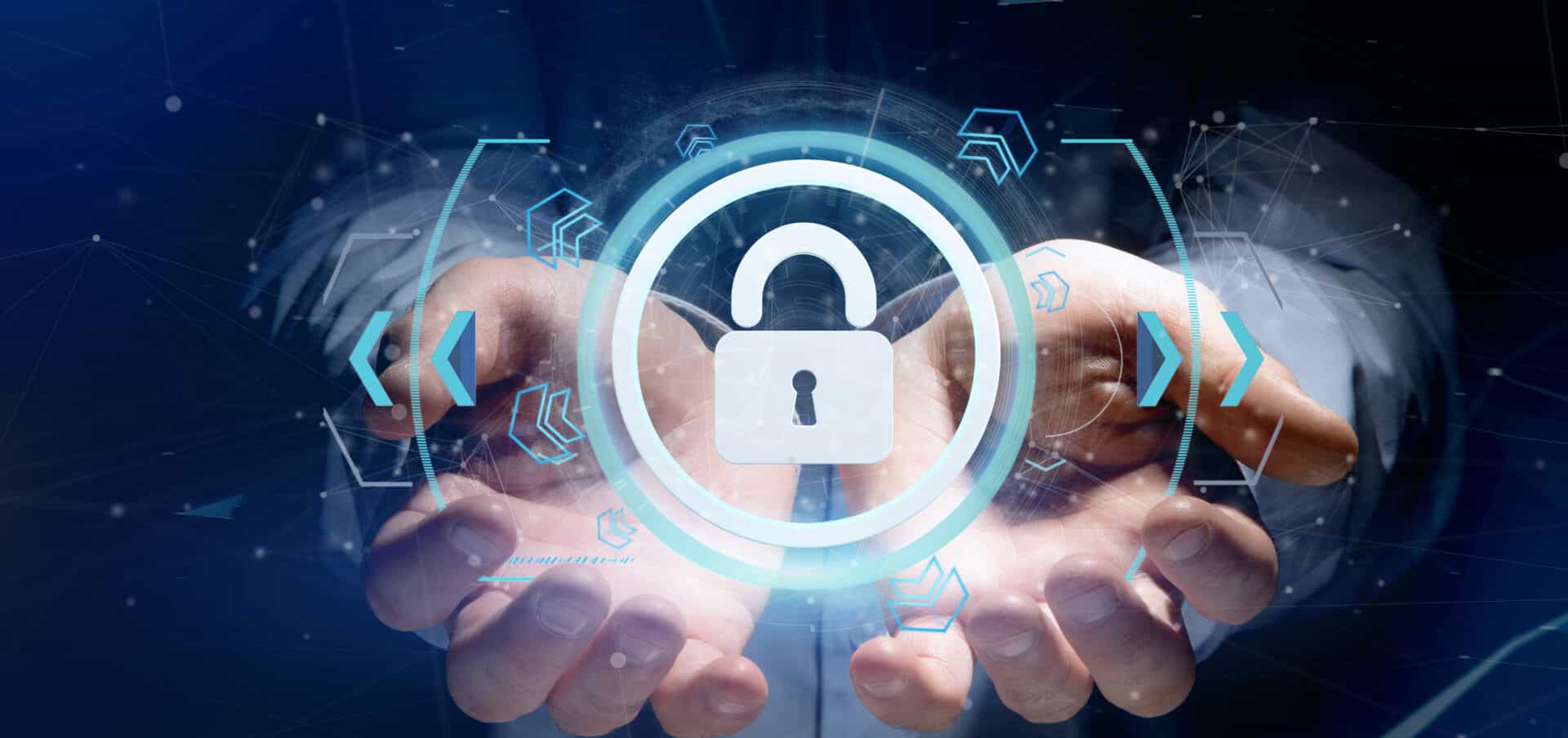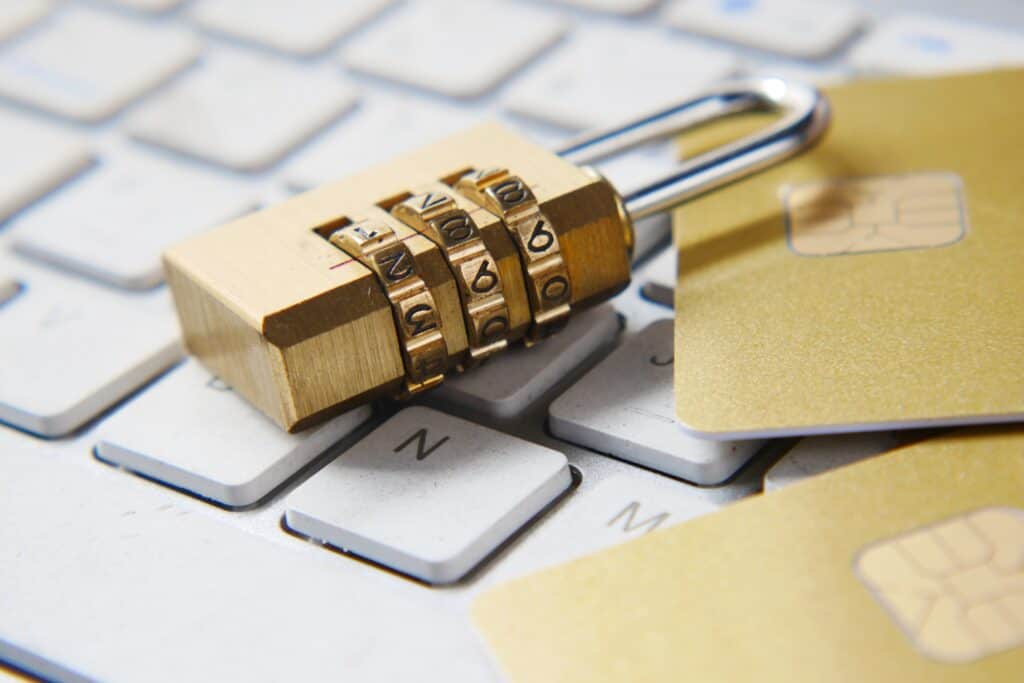With the rise of remote work and an increasing number of endpoints accessing sensitive data, ensuring comprehensive security measures for your business is something a lot of business owners need to pay attention to. Endpoint security, luckily, can safeguard your business against a plethora of cyber threats so that no matter where your employees are, they can get work done safely.
Read on to learn more about endpoint security and how it can fortify your business from all angles.
Understanding Endpoint Security
First things first, what exactly is endpoint security? Simply put, it’s a strategy to protect the various endpoints—devices such as laptops, desktops, smartphones, tablets, and servers—that connect to your network. These endpoints serve as potential entry points for cyber threats like malware, ransomware, phishing attacks, and more.
The Importance of Endpoint Security
Endpoint security provides a comprehensive approach to help protect your network. Rather than focusing solely on securing the network perimeter, endpoint security encompasses safeguarding every device connected to it. This approach is especially relevant nowadays, where remote work is gaining more traction, and employees access corporate data from various locations and devices.
The Key Components of Endpoint Security
To break down endpoint security and how it works a little more, let’s take a closer look at what endpoint security uses to keep your business—and its data—safe from prying eyes:
Antivirus and Antimalware Software
Reliable antivirus and antimalware software programs continuously scan endpoints for malicious software, including viruses, trojans, worms, and spyware. A reputable antivirus solution will offer regular updates and real-time scanning capabilities to effectively detect and remove threats once they are found.
Firewalls
Firewalls serve as the first line of defense against external threats by monitoring and controlling incoming and outgoing network traffic. They analyze data packets based on predetermined security rules, blocking suspicious traffic and preventing unauthorized access to your network. Firewalls can be implemented at both the network level and the endpoint level to provide comprehensive protection.
Data Encryption
Encryption converts plaintext data into ciphertext, making it unreadable to unauthorized users. Encrypting data stored on endpoints and transmitted over networks adds an extra layer of security, protecting sensitive information from unauthorized access and interception.
Patch Management
Patch management involves regularly updating software and applications on endpoints to address known security vulnerabilities and weaknesses. This is because software vulnerabilities are a common target for cyberattackers, as they act like an open door for them to hack into your systems. Automated patch management solutions can streamline the process by identifying missing patches and deploying updates across all endpoints, reducing the risk of exploitation by cyberattackers.
Device Control
External devices, such as USB drives, external hard disks, and smartphones, can introduce malware and other threats to your network. Implement device control policies to regulate the use of external devices and mitigate the risk of infection. Endpoint security solutions can enforce restrictions on device access, allowing only authorized devices to connect to endpoints and blocking unauthorized devices from accessing sensitive data.
Endpoint Detection and Response (EDR)
EDR solutions provide advanced threat detection and response capabilities to protect endpoints from sophisticated cyber threats. These solutions continuously monitor endpoint activities, analyze behavior patterns, and detect indicators of compromise in real-time. In the event of a security incident, EDR solutions can automatically respond to threats, isolate affected endpoints, and initiate remediation actions to minimize damage and contain the threat.
The Best Practices for Endpoint Security
If you want your endpoint security to be strong, follow these best practices within your business:
Educate Employees
Provide comprehensive security awareness training to educate employees about common threats, such as phishing attacks, social engineering, and malware. Teach them how to recognize suspicious emails, websites, and files, and encourage them to report any security incidents or concerns promptly.
Implement Access Controls
Restricting access to sensitive data based on employees’ roles and responsibilities can help prevent unauthorized access and data breaches. Implement access control mechanisms such as role-based access control (RBAC) and the least privilege principle to ensure that only authorized users can access sensitive information.
Regular Backups
Data backups help lessen the impact of ransomware attacks, data breaches, and other security incidents. Implement regular backup procedures to create copies of critical data and store them securely in offsite locations or cloud storage platforms. Test backups regularly to ensure data integrity and reliability, and develop a comprehensive data recovery plan to minimize downtime in the event of a disaster.
Multi-Factor Authentication (MFA)
MFA adds an extra layer of security by requiring users to provide multiple forms of authentication to access corporate resources. In addition to passwords, users are required to verify their identity using biometrics, security tokens, or mobile authentication apps. Implement MFA across all endpoints and authentication systems to reduce the risk of unauthorized access and credential theft.
Endpoint Security Policies
Establish clear and comprehensive endpoint security policies to govern the use of company devices and protect sensitive information. Define acceptable use guidelines, password policies, data encryption requirements, and incident response procedures to ensure consistency and compliance across your organization. Regularly review and update security policies to address emerging threats and evolving business needs.
Monitor and Audit
Continuous monitoring and auditing of endpoint activities and network traffic allow for detecting and responding to security incidents in real-time. Implement endpoint monitoring solutions to track user activities, system events, and network communications for signs of suspicious behavior or unauthorized access. Conduct regular security audits and assessments to identify vulnerabilities, assess risk levels, and prioritize remediation efforts to strengthen your overall security posture.
Choosing the Right Endpoint Security Solution
Selecting the right endpoint security solution can help you effectively safeguard your business with ease. Consider the following factors when evaluating options:
- Scalability: Ensure the solution can scale with your business as it grows. You don’t want to outgrow your security solution and be left vulnerable.
- Compatibility: Verify compatibility with your existing IT infrastructure and software applications to avoid compatibility issues and ensure seamless integration.
- Ease of Use: Choose a solution that is user-friendly and easy to manage. Complex solutions may require extensive training and resources to maintain.
- Real-Time Protection: Look for solutions that offer real-time threat detection and response capabilities to swiftly mitigate security incidents.
- Vendor Reputation: Research the vendor’s reputation in the cybersecurity industry and evaluate customer reviews and testimonials to gauge their reliability and effectiveness.
If you’re looking for endpoint security solutions for your business, look no further than CMIT North Oakland & Walnut Creek. We’ll give your business the safety it needs to function anywhere, anytime. Contact us today for more information!





